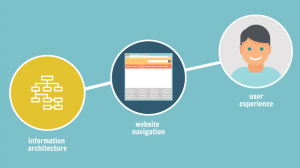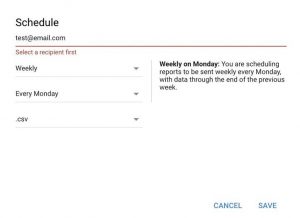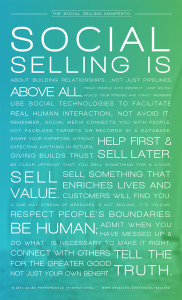
The goal of in-house training is to raise the staff’s productivity to a new level. The amount of in-house training performed by companies is growing daily.
According to Optimus Sourcing, the rising popularity of in-house training is due to several benefits: reduction in training and travel costs; an increase in convenience and team building; and the ability to customize training methods.
In-house training can teach your staff many skills and procedures. Options include new procedure briefings; sharing new company policies; preparing product launches; setting up new house rules; or making virtually any changes and improvements you can think of.
In today’s corporate world, the digital channel is the best method for delivering materials and knowledge to your staff.
But the digital world is full of distractions; thus, in order to make sure that the knowledge you’re trying to teach your staff is delivered correctly, you have to be careful in selecting the how for delivery.
Why a digital channel?
A digital channel is the most cost-effective option for training your team. Not only do you have a venue for reaching them with a simple click, but you can also give them high-quality content at a fairly low cost compared to sending physical content.
Here are 4 of the most effective digital content types for optimizing your in-house training.
1. Infographics
Infographics are visually attractive and organized, which is what any pair of eyes loves to see and read through. They’re great for presenting nuggets of information that your staff can understand in the blink of an eye.
For example, this infographic created by Milkwhale contains easily digestible information about insurance telematics.
In addition, infographics are also good for presenting data that is otherwise rather boring and unappealing for your staff to look at.
2. Internal Blog
An internal blog is a powerful tool for sharing information and knowledge. Whenever a change occurs within your organization that everyone needs to be aware of, blogging about it is a good way to share the information.
Another great use for an internal blog is sharing knowledge.
Each employee in your organization specializes in something. Maybe someone from HR can blog about a new hiring process or an employee in IT can blog about the latest feature installed on the company’s website.
When multiple authors contribute to your internal blog, other employees have a chance to learn about things that aren’t necessarily in their field, but that are still relevant to them.
An internal blog is replaceable by an internal forum. The difference mostly lies in the way knowledge is shared between your staff: Blogs are generally one-directional communication, while a forum is more interactive.
Right now, forums are threatened by Slack, which is rapidly growing in popularity compared to cumbersome internal forums. Slack allows employees to chat with each other in real-time, while having the ability to search for specific information throughout different chat rooms, backed up with powerful role-setting and filter capabilities.
3. Internal Newsletter
An internal newsletter is the perfect accompaniment to internal blogs or forums. Your staff is (hopefully) so busy working that they don’t have time to check the company’s internal blog or forum.
An internal newsletter reminds them to check to see what the latest hot topic on the forum or blog might be. In addition, an internal newsletter is a good channel for spreading new information about the company and its industry, for sharing inspiring articles from outside blogs, or for sharing virtually anything relevant for your employees.
4. Explainer Videos
Explainer videos are visually pleasing animated graphics that serve best as learning and marketing media. One of our clients has seen the impact that an explainer video can have on influencer marketing; more details on that here.
Hotel Shattuck Plaza recently created an explainer video to welcome their new staff to a seminar. Take a look:
While motion graphics like these provide pretty visuals that go perfectly with the narration, they’re more oriented for hyping up viewers for something (usually a product). Whiteboard videos are especially more effective when used for planting specific information deeper into a viewer’s memory. Check out this example:
A research on whiteboard videos by Dr. Richard Wiseman supports the argument that whiteboard videos increase memory quality by 22% compared to regular videos.
So, what’s your plan for your next in-house staff training? Let me know in the comments.
I suggest you start adding digital content for your in-house training, such as explainer videos or infographics since they’re the easiest to make.
Business & Finance Articles on Business 2 Community(84)









